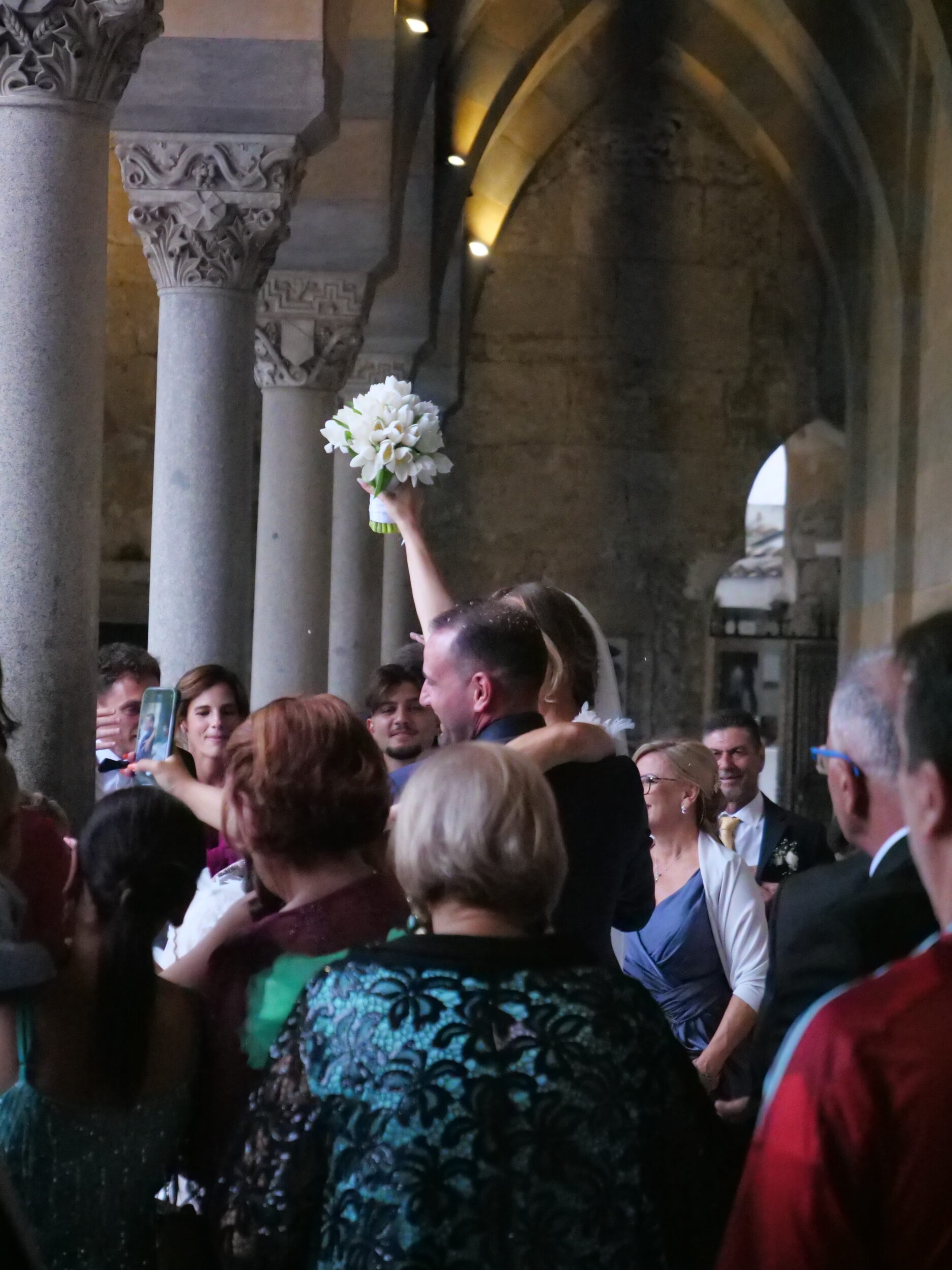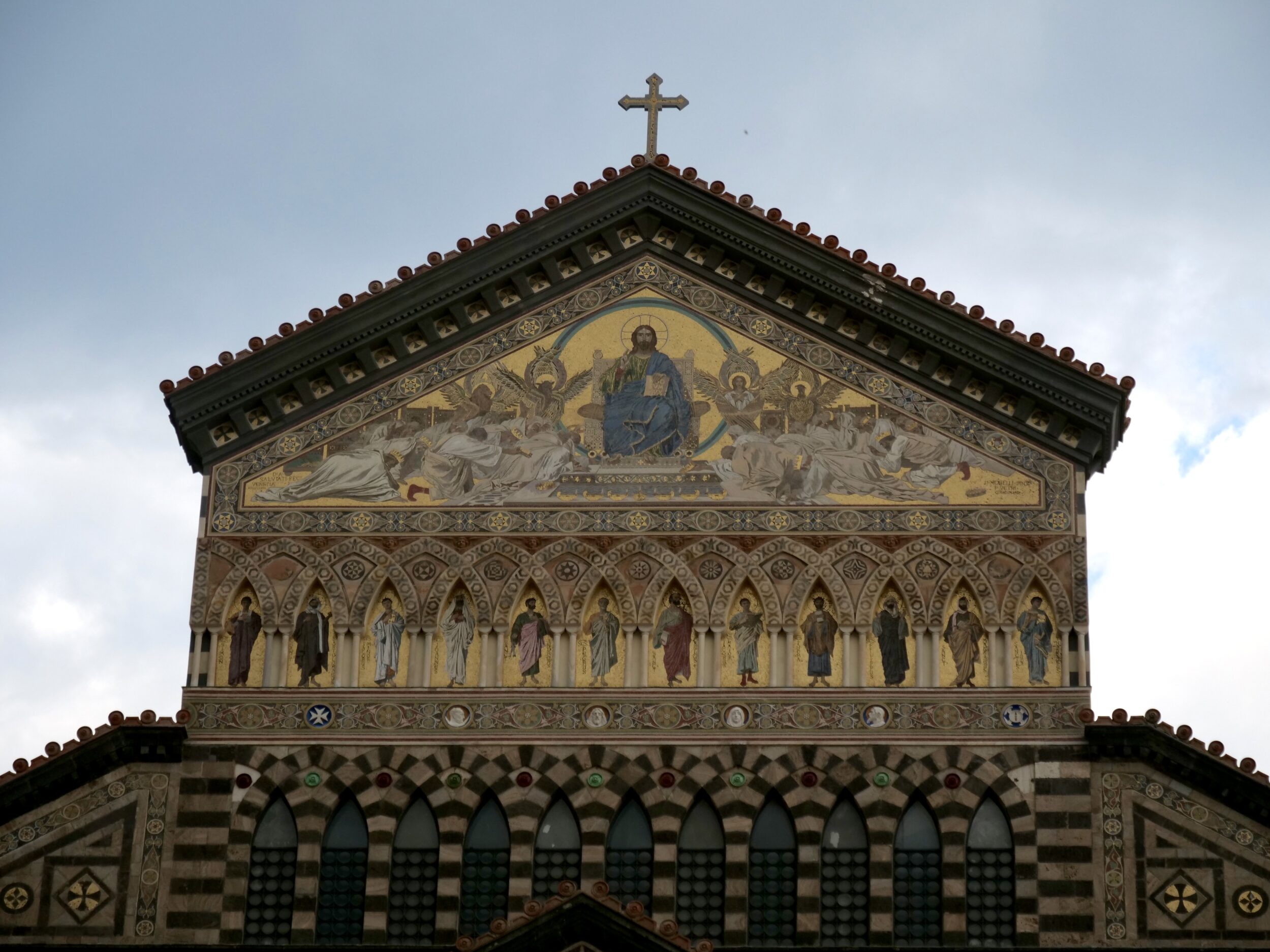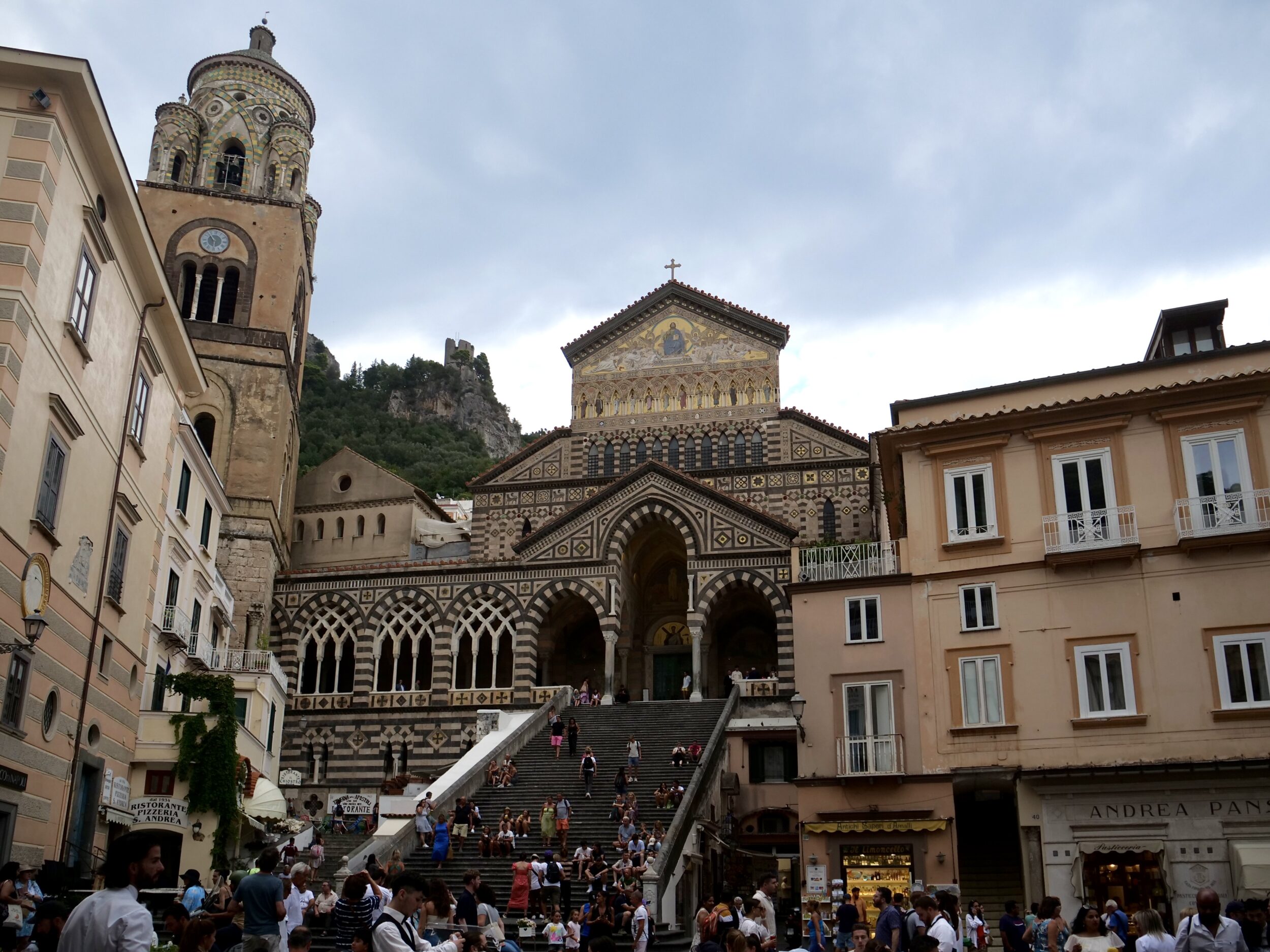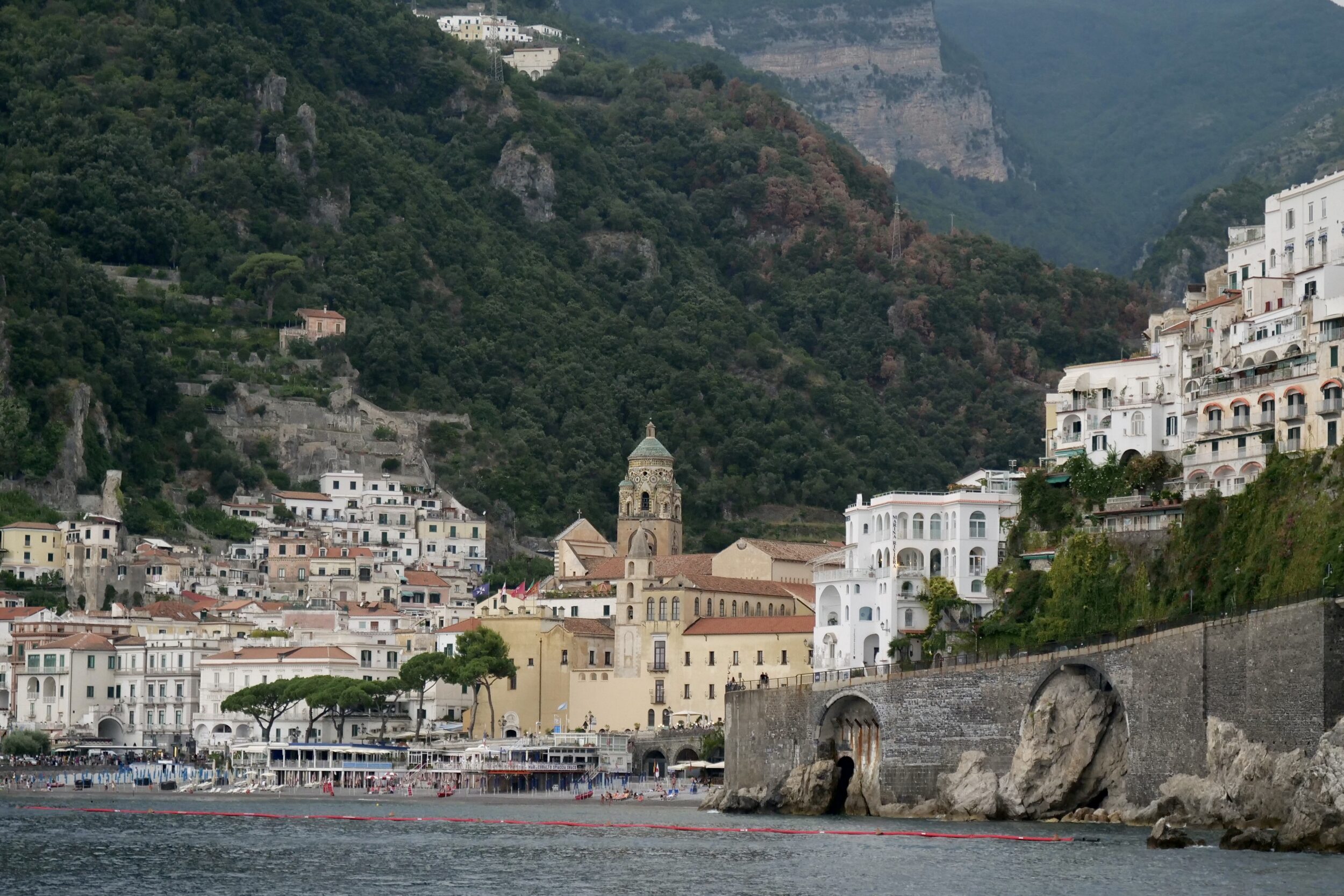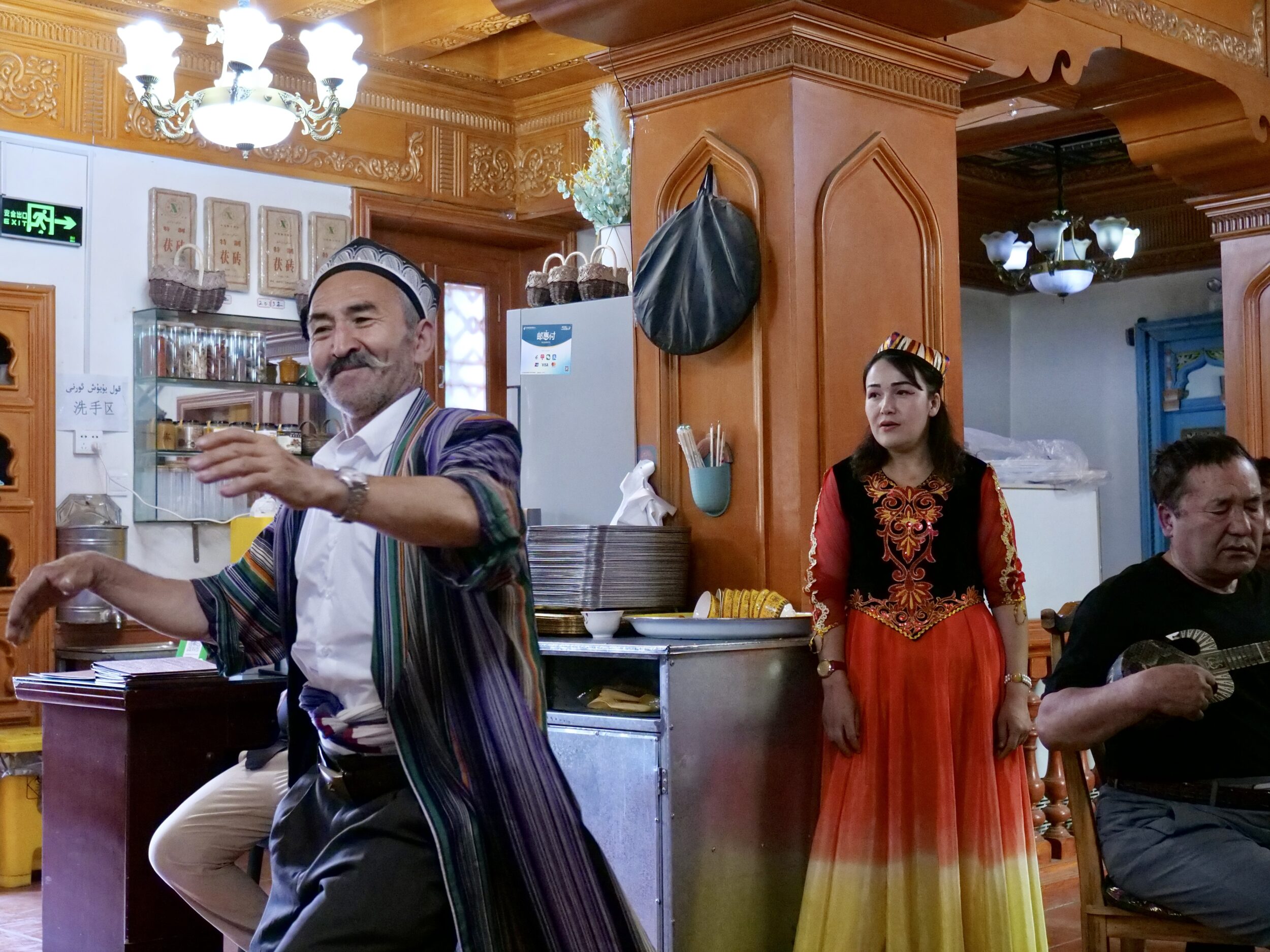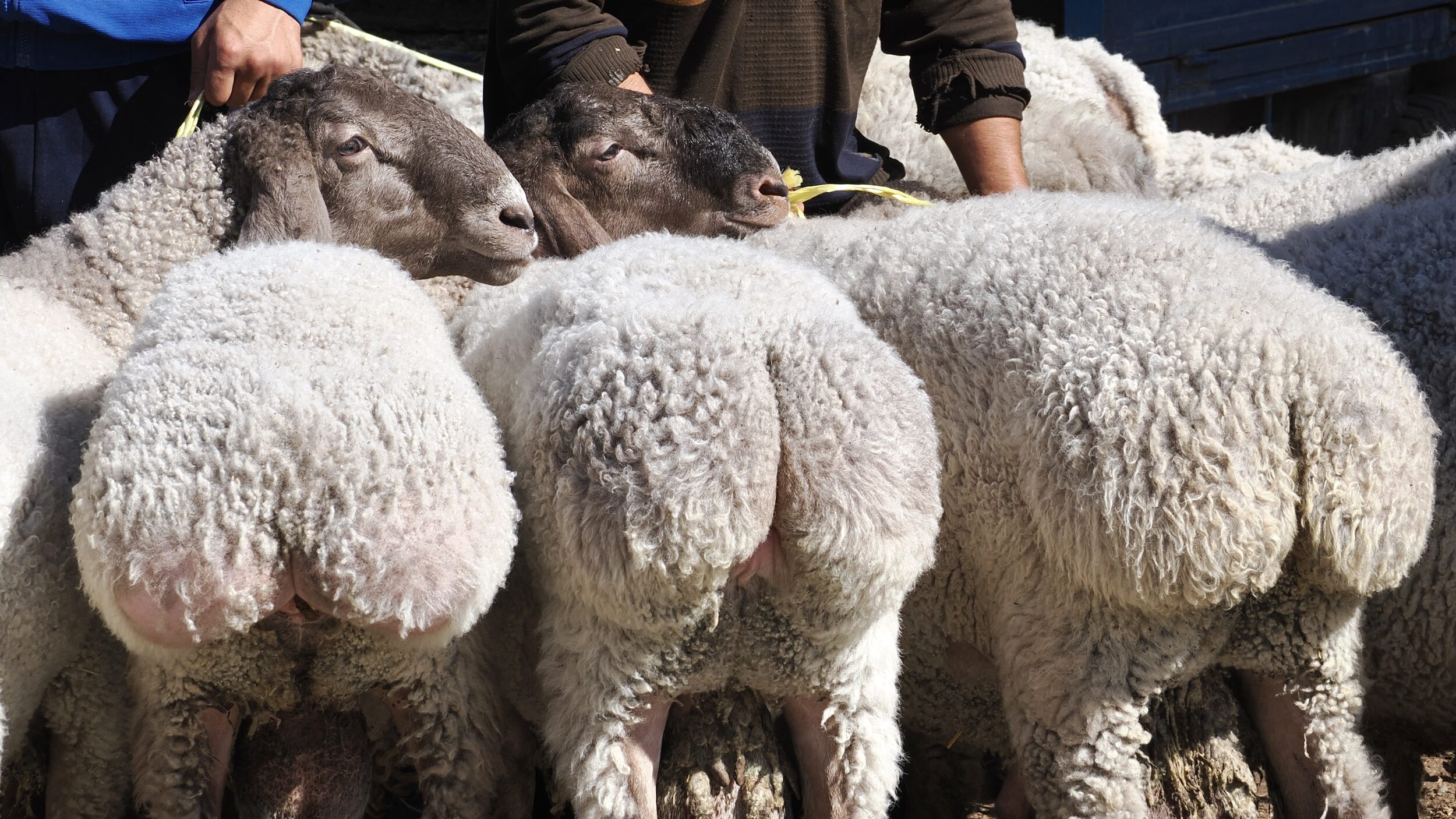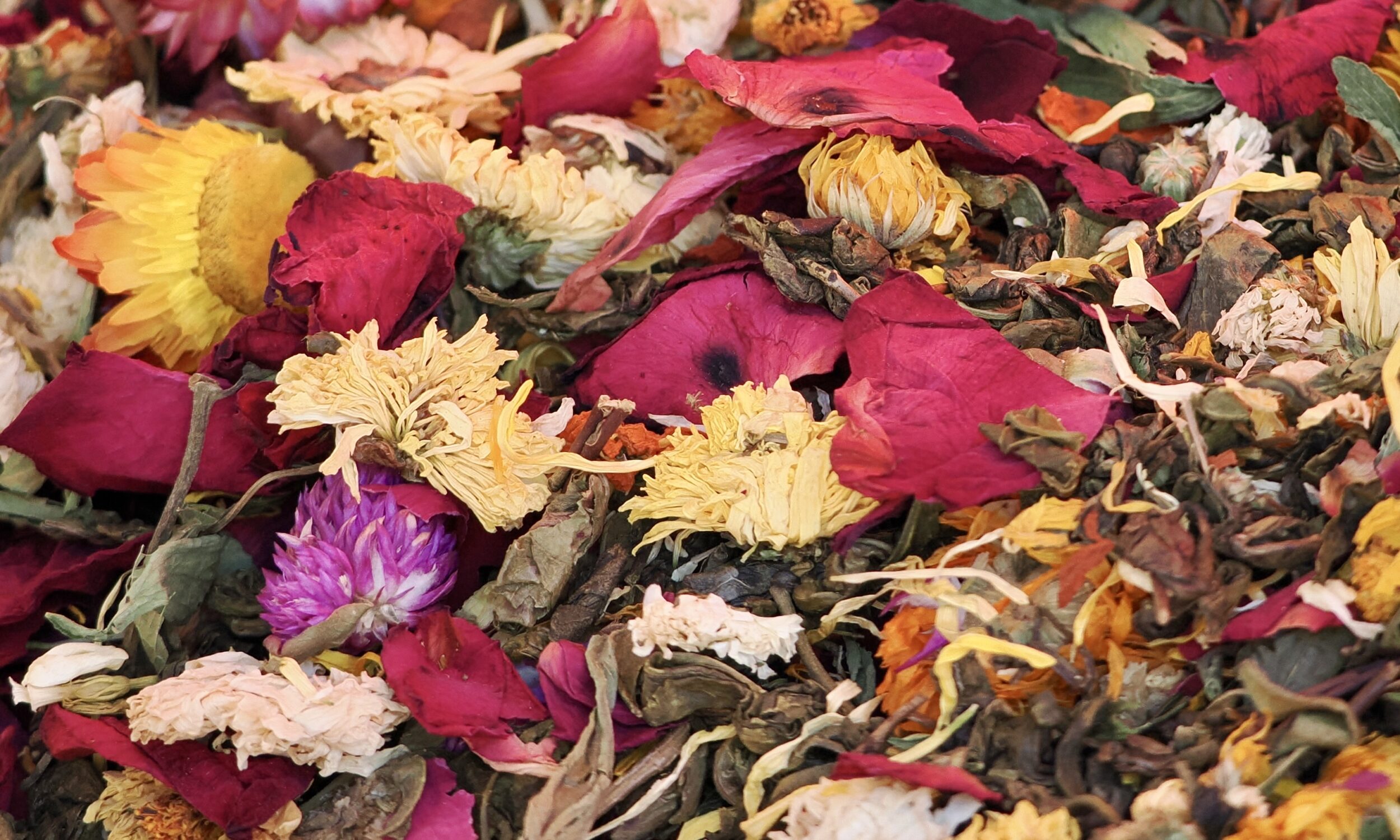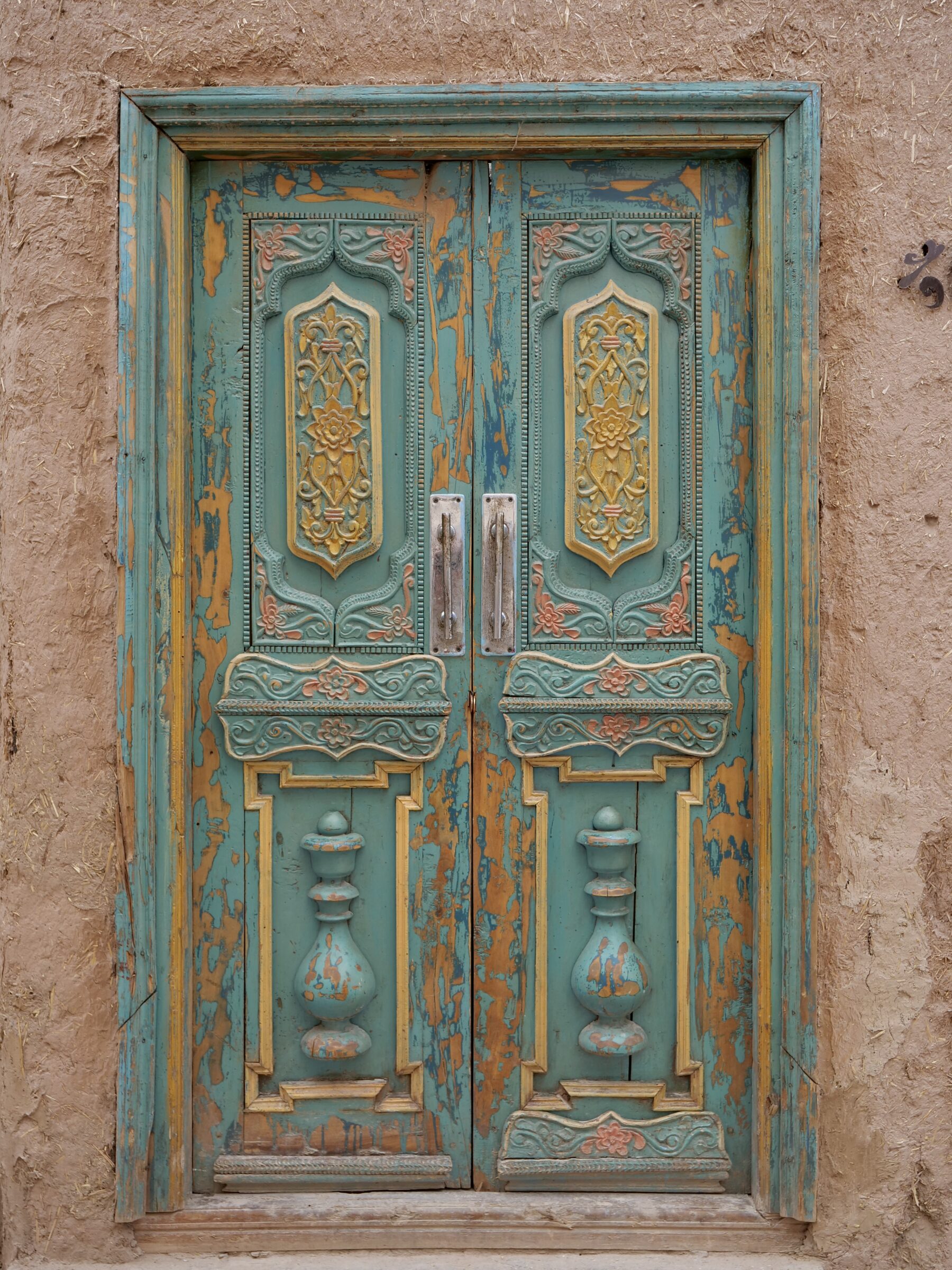I love the fact that very “public” events contain so many “private” moments.
Presumably, my photo captures the bride and her father, relishing a moment of mutual, wry amusement – one that looks like it verges on “complicity”. (If he is not her father, the bride already enjoys a close bond with the man who has just become her father-in-law)
Comments closed
